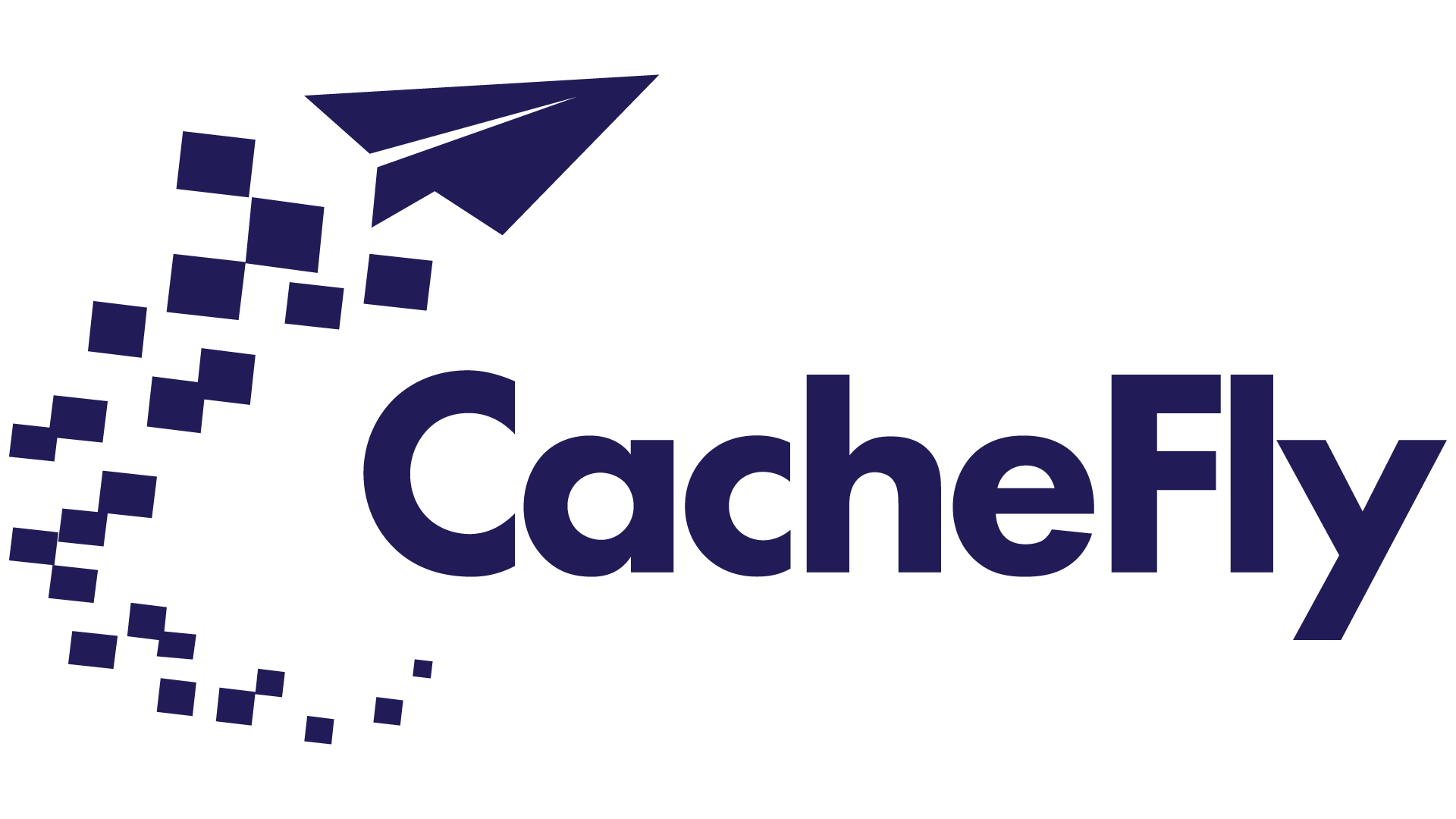
Mastering CDN Strategy for 2025: Future-proof Your Business
Post Author:
CacheFly Team
Categories:
Date Posted:
September 10, 2024
Key Takeaways
- Edge computing is transforming CDN performance by bringing data processing and storage closer to users, reducing latency, and improving the user experience.
- Serverless computing at the edge allows developers to run custom logic and applications without the need to manage infrastructure, enhancing the capabilities of CDNs.
- Edge computing enables CDNs to optimize content delivery based on real-time data about user location, device type, and network conditions, providing personalized experiences tailored to individual users.
- By 2025, over 75% of businesses are expected to adopt edge computing technologies, as major CDN providers invest heavily in edge infrastructure.
As we approach a digital future defined by the need for instant access to data, the role of Content Delivery Networks (CDNs) has never been more crucial. However, traditional CDN strategies are rapidly evolving, and mastering CDN strategy for 2025 will require more than just understanding the basics. It’s about embracing emerging technologies and trends that are reshaping the CDN landscape. One such trend is the adoption of edge computing, which brings data processing and storage closer to the users, thereby reducing latency and improving the user experience.
Embracing Edge Computing for Enhanced CDN Performance
Edge computing is revolutionizing the way content is delivered to end-users. By processing and storing data closer to the network edge, it significantly reduces the distance data must travel. This approach is advantageous for businesses as it allows them to deploy CDN infrastructure at the edge, significantly reducing latency and improving responsiveness for their users. This is particularly beneficial for latency-sensitive applications, such as streaming services, gaming platforms, and Internet of Things (IoT) devices.
Another facet of edge computing that’s shaping the future of CDN is serverless computing. With serverless computing, developers can execute code at the edge without the need to provision or manage servers. When combined with CDN, businesses can run custom logic, perform data processing, and even personalize content at the edge of the network. This approach enables real-time data analysis, dynamic content generation, and API acceleration, thus enhancing the capabilities of CDN significantly.
In addition, edge computing empowers CDNs to make intelligent decisions based on real-time data about user location, device type, and network conditions. By analyzing this data at the edge, CDNs can dynamically optimize content delivery, such as adapting video bitrates or selecting the most appropriate content format. This level of optimization allows for personalized content experiences that are tailored to individual users’ preferences and contexts.
Edge computing is more than just a trend—it’s a reality that’s shaping the future of CDN. By embracing edge computing as part of your CDN strategy, you’re not just preparing for 2025—you’re setting your business up for success in a world where the demand for instant, personalized content continues to grow.
Harnessing AI and Machine Learning for Intelligent CDN Optimization
As we delve deeper into the era of digital transformation, AI and machine learning are becoming pivotal for CDN optimization. The intelligent algorithms powered by AI and machine learning are reshaping the way CDNs operate and deliver content. Let’s delve into how these technologies are shaping the CDN strategy for 2025.
AI-Powered Predictive Caching
AI-powered algorithms have the ability to analyze historical data, user behavior patterns, and trending topics to predict which content is likely to become popular. By tapping into this predictive power, CDNs can proactively cache high-demand content at the edge. This significantly reduces the load on origin servers and improves content delivery speed. As a result, AI-driven predictive caching ensures that popular content is readily available closer to users, enhancing their experience exponentially.
Machine Learning Models for Content Routing and Load Balancing
Another application of machine learning in CDN optimization lies in content routing and load balancing across CDN nodes. Machine learning algorithms can analyze network performance metrics, user location, and server load to make intelligent routing decisions. By dynamically routing requests to the most optimal CDN nodes, businesses can ensure efficient content delivery and minimize network congestion. Moreover, machine learning-based load balancing helps distribute traffic evenly across CDN infrastructure, preventing overloaded servers and ensuring high availability of content.
AI for Real-time Anomaly Detection and Automated Troubleshooting
AI also plays a significant role in real-time anomaly detection and automated troubleshooting in CDN operations. AI can continuously monitor CDN performance, traffic patterns, and error rates, identifying anomalies and potential issues in real-time. By detecting anomalies early, businesses can proactively address performance degradation, security threats, or configuration errors. AI-powered automated troubleshooting can quickly diagnose and resolve CDN-related issues, minimizing downtime and ensuring a seamless user experience.
Incorporating AI and machine learning into your CDN strategy for 2025 is not just a trend, but a necessity. The predictive, analytical, and real-time capabilities of these technologies can significantly enhance CDN performance, customer experience, and overall business success.
Enhancing CDN Security with Advanced Measures
As we continue our journey towards mastering CDN strategy for 2025, security emerges as a non-negotiable aspect of the CDN ecosystem. With cyber threats becoming increasingly sophisticated, enhancing security measures within CDNs is not just a choice, but a necessity. Here’s how to fortify your CDN strategy with robust security measures.
Robust DDoS Protection Mechanisms
CDN servers, like other network infrastructure, are not immune to Distributed Denial of Service (DDoS) attacks. Such attacks can overwhelm CDN servers and disrupt content delivery. The first line of defense is to implement advanced DDoS mitigation techniques, such as traffic filtering, rate limiting, and real-time threat detection. Additionally, machine learning algorithms can be utilized to identify and block malicious traffic patterns proactively, offering a sturdy shield against DDoS onslaughts.
Strengthening CDN Security Posture with WAF and Bot Management
Another step in enhancing CDN security involves strengthening the security posture with a Web Application Firewall (WAF) and bot management solutions. Deploying a WAF protects web applications from common vulnerabilities like SQL injection, cross-site scripting (XSS), and cross-site request forgery (CSRF). Configuring WAF rules to filter out malicious requests safeguards against application-layer attacks. Moreover, implementing bot management solutions helps in detecting and mitigating automated threats, such as content scraping, account takeover attempts, and fraudulent activities.
Data Encryption for Confidentiality and Integrity
Encrypting data in transit and at rest is critical to maintaining the confidentiality and integrity of content delivered through CDN. Implementing SSL/TLS encryption secures data transmission between CDN nodes and end-users. Enabling HTTP Strict Transport Security (HSTS) enforces secure connections and prevents downgrade attacks. Furthermore, encrypting sensitive data stored at CDN edge locations protects against unauthorized access and data breaches.
Mastering CDN strategy for 2025 involves a deep understanding of the evolving cyber threat landscape and the deployment of advanced security measures. By implementing robust DDoS protection mechanisms, strengthening CDN security posture with WAF and bot management, and ensuring data encryption, you can future-proof your CDN strategy and stay ahead of the curve.
Embracing Emerging Technologies for Next-Generation CDN
As we continue to explore the nuances of mastering CDN strategy for 2025, it’s crucial to consider the role of emerging technologies. These advancements are not only shaping the future of CDN but also redefining the way we deliver and consume digital content. Let’s delve into how you can leverage these technologies to provide next-generation CDN services.
Leveraging 5G Networks for Enhanced Content Experiences
5G technology is revolutionizing the way we transmit data. With significantly lower latency and higher data transfer speeds compared to previous generations, 5G offers an unprecedented opportunity for CDN service providers. By integrating your CDN infrastructure with 5G networks, you can deliver content faster, especially for bandwidth-intensive applications like 4K/8K video streaming and virtual reality. Furthermore, optimizing content delivery based on 5G network capabilities, such as network slicing and edge computing, can significantly enhance user experiences.
Adopting Sustainable Practices for Energy-Efficient CDN Operations
Sustainability is not just a trend, but a necessity in today’s digital world. By adopting sustainable practices, you can optimize energy efficiency in CDN operations. This can involve implementing energy-efficient hardware and cooling systems in CDN data centers to reduce carbon footprint. Optimizing content caching and delivery algorithms can minimize unnecessary data transfers and reduce energy consumption. Furthermore, exploring renewable energy sources to power CDN infrastructure can contribute to environmental sustainability, making your CDN strategy future-proof and eco-friendly.
In the journey of mastering CDN strategy for 2025, embracing emerging technologies is a significant step. Whether it’s leveraging the power of 5G networks, exploring the potential of blockchain technology, or adopting sustainable practices for energy efficiency, these advancements can serve as the cornerstone for your next-generation CDN services. So, are you ready to embrace these technologies and redefine the future of CDN?
About CacheFly
Beat your competition with faster content delivery, anywhere in the world! CacheFly provides reliable CDN solutions, fully tailored to your business.
Want to talk further about our services? We promise, we’re human. Reach us here.
Product Updates
Explore our latest updates and enhancements for an unmatched CDN experience.
CacheFly in the News
Learn About
Work at CacheFly
We’re positioned to scale and want to work with people who are excited about making the internet run faster and reach farther. Ready for your next big adventure?




